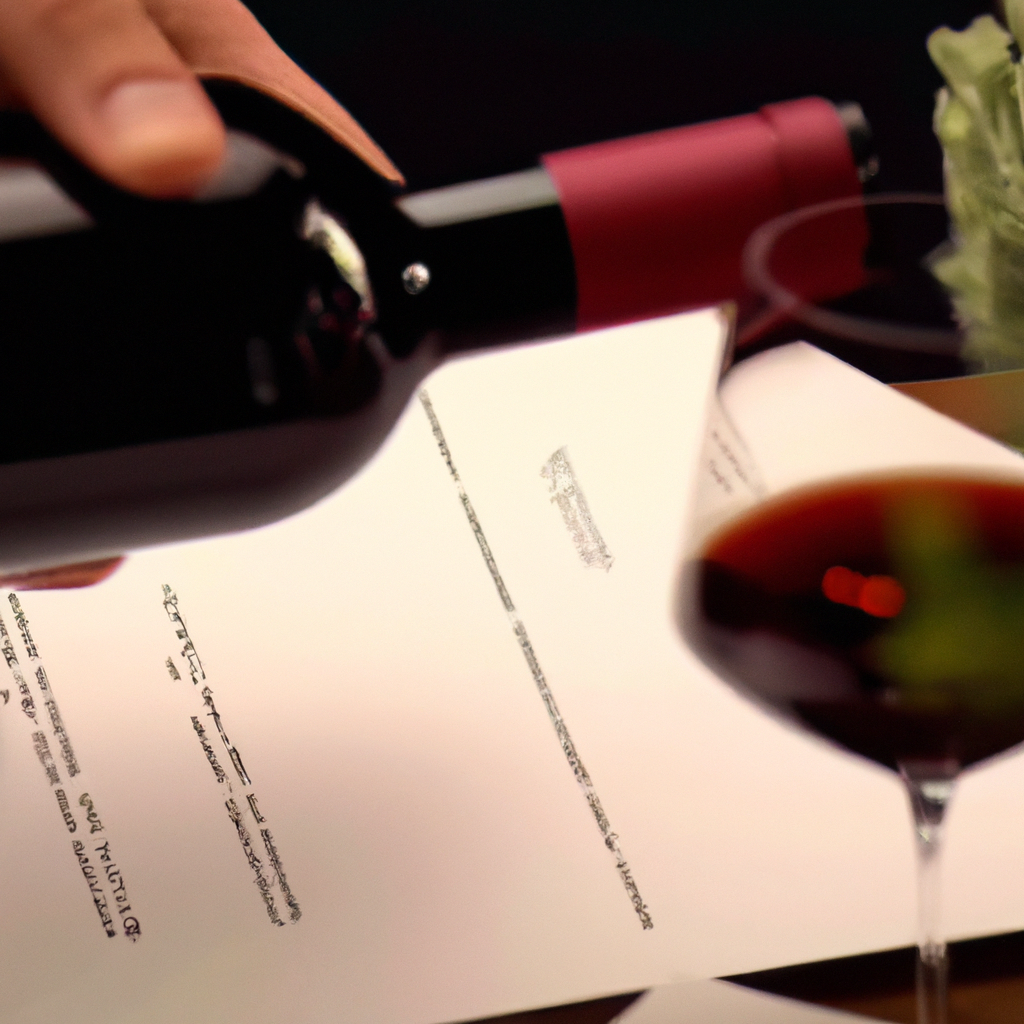Master the Art of Pronouncing Grape Names on a Wine List
-
Article Summary
- Master the Art of Pronouncing Grape Names on a Wine List
- Key Takeaways
- Introduction: The Importance of Pronouncing Grape Names Correctly
- The Challenge of Pronouncing Grape Names
- Why Pronunciation Matters
- Resources for Learning Grape Pronunciations
- FAQ Section
- 1. Why is it important to pronounce grape names correctly?
- 2. What are some of the most difficult grape names to pronounce?
- 3. How can I learn to pronounce grape names correctly?
- 4. Can I still enjoy wine if I can’t pronounce the grape names?
- 5. What if I pronounce a grape name incorrectly?
- Conclusion: The Art of Pronunciation
- Revisiting the Key Takeaways
Master the Art of Pronouncing Grape Names on a Wine List

[youtubomatic_search]
Key Takeaways
- Understanding the pronunciation of grape names can enhance your wine tasting experience.
- French, Italian, and Spanish grape names are among the most challenging to pronounce.
- Practicing pronunciation can help you communicate more effectively with sommeliers and wine enthusiasts.
- Knowing the correct pronunciation can also help you explore and appreciate a wider range of wines.
- There are resources available to help you learn and master the pronunciation of grape names.
Introduction: The Importance of Pronouncing Grape Names Correctly
Wine tasting is a sensory experience that involves not only the palate but also the ears. The ability to correctly pronounce the names of the grapes used in the wines you enjoy can enhance your appreciation of the wine and make your interactions with sommeliers and other wine enthusiasts more enjoyable and productive. This article will provide you with the tools and techniques you need to master the art of pronouncing grape names on a wine list.
The Challenge of Pronouncing Grape Names
One of the main challenges in pronouncing grape names correctly is that they often originate from languages other than English. French, Italian, and Spanish grape names, in particular, can be difficult for English speakers to pronounce correctly. For example, the French grape “Gewürztraminer” is pronounced “geh-vurtz-trah-mee-ner,” while the Italian grape “Sangiovese” is pronounced “san-joe-vay-zee.”
Why Pronunciation Matters
Correct pronunciation is not just about sounding sophisticated or knowledgeable. It can also help you communicate more effectively with sommeliers and other wine enthusiasts, enabling you to discover new wines that you might otherwise overlook. For example, if you’re a fan of “Pinot Noir” (pronounced “pee-no nwahr”), a sommelier might recommend you try “Gamay” (pronounced “ga-may”), a similar grape variety from the Beaujolais region of France.
Resources for Learning Grape Pronunciations
Fortunately, there are many resources available to help you learn and master the pronunciation of grape names. These include online pronunciation guides, language learning apps, and even YouTube videos. For example, the website WineSpectator.com offers a comprehensive pronunciation guide with audio clips for over 1,200 wine-related terms, including grape names.
FAQ Section
1. Why is it important to pronounce grape names correctly?
Correct pronunciation can enhance your wine tasting experience, help you communicate more effectively with sommeliers and other wine enthusiasts, and enable you to discover and appreciate a wider range of wines.
2. What are some of the most difficult grape names to pronounce?
Some of the most challenging grape names for English speakers to pronounce include French grapes like “Gewürztraminer” and “Châteauneuf-du-Pape,” and Italian grapes like “Sangiovese” and “Montepulciano.”
3. How can I learn to pronounce grape names correctly?
There are many resources available to help you learn and master the pronunciation of grape names, including online pronunciation guides, language learning apps, and YouTube videos.
4. Can I still enjoy wine if I can’t pronounce the grape names?
Absolutely! While correct pronunciation can enhance your wine tasting experience, it’s not a prerequisite for enjoying wine. The most important thing is to find wines that you enjoy and appreciate.
5. What if I pronounce a grape name incorrectly?
Don’t worry! Most people in the wine industry are very understanding and will be happy to help you learn the correct pronunciation.
Conclusion: The Art of Pronunciation
Mastering the art of pronouncing grape names on a wine list is not just about sounding sophisticated or knowledgeable. It’s about enhancing your wine tasting experience, communicating more effectively with sommeliers and other wine enthusiasts, and discovering and appreciating a wider range of wines. With practice and the right resources, you can become proficient in pronouncing even the most challenging grape names.
Revisiting the Key Takeaways
- Understanding the pronunciation of grape names can enhance your wine tasting experience.
- French, Italian, and Spanish grape names are among the most challenging to pronounce.
- Practicing pronunciation can help you communicate more effectively with sommeliers and wine enthusiasts.
- Knowing the correct pronunciation can also help you explore and appreciate a wider range of wines.
- There are resources available to help you learn and master the pronunciation of grape names.
[youtubomatic_search]






